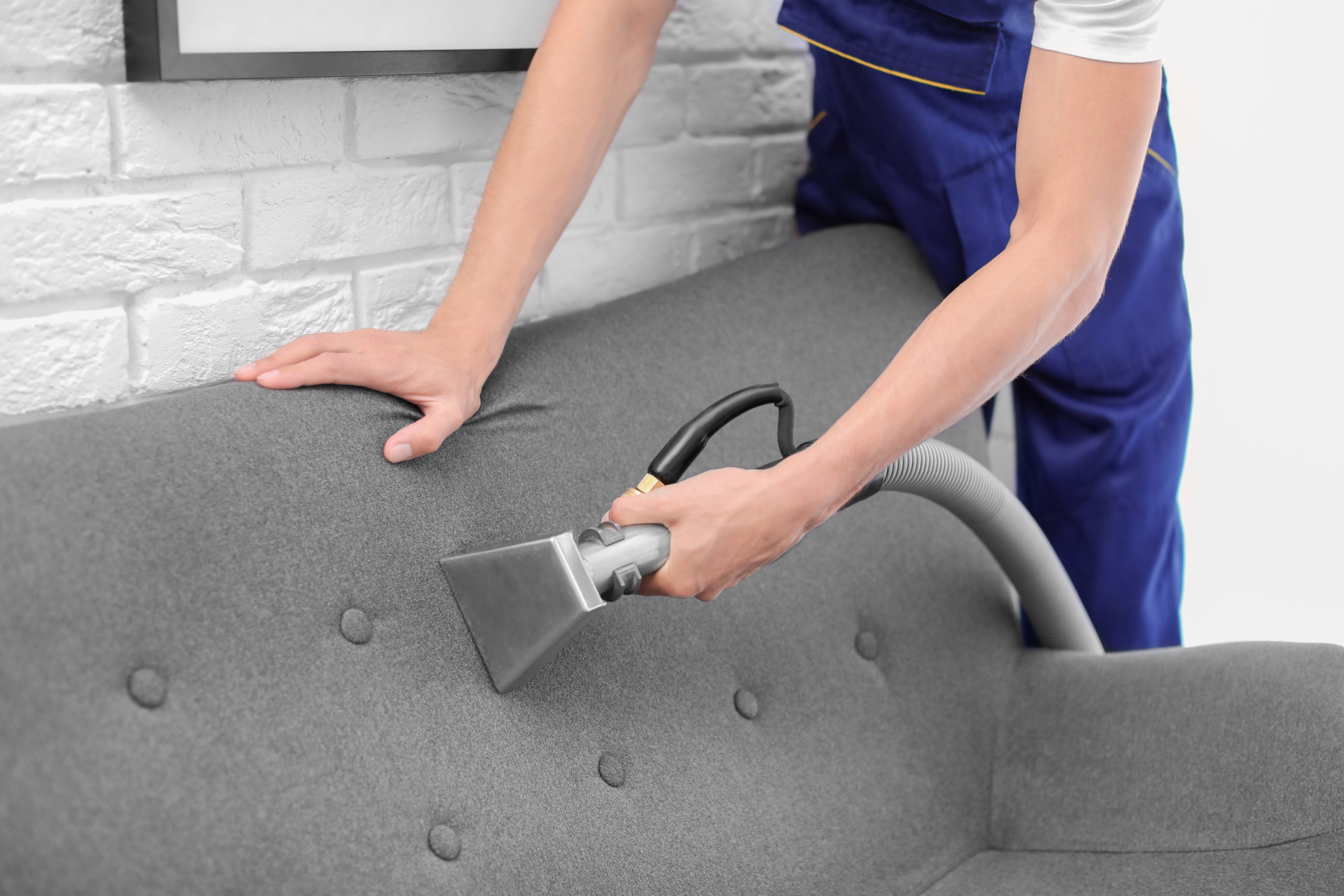

What Is Curtain Wall Construction If you believe that installing a curtain wall cladding system is the best direction to take your project in, you might be asking how they will be fitted into your building’s structure. The next thing that you need to think about is what type of material you want your curtain wall made out of. There are many different materials available on the market today, so it can be difficult to decide which one is best for your project. Install a barrier behind the curtain walls on both sides if you have open space behind your glass.
Clever Reasons Why Designers Say You Should Add Curtain Walls to Your Home
Contact Us
Clear View Builders
Email: [email protected]
Phone: +19164205862
4913 Rio Linda Blvd
Sacramento, California, United States 95838
Mullions
Thin and lightweight, they are often made from a mixture of both aluminium and glass, and are see-through, meaning the building’s occupiers will be able to appreciate the expansive cityscape. Before shipping to the building site for installation, a unitized curtain-wall system comprises large units that are pre-assembled and glazed in the factory. Thermal efficiency, sound transmission, and fire safety become the critical performance criteria of the unitized curtain-walling system. The aluminum framing provides support for the glass panels and helps to keep them in place. Timber curtain wall systems also offer a unique aesthetic that is warm, natural, and inviting. The texture and grain of timber provide a natural beauty that is difficult to replicate with other materials, making it a popular choice for buildings that seek to blend in with their natural surroundings. Additionally, timber can be stained or finished in a range of colors and styles to create a desired look and feel. In addition to their aesthetic benefits, stone veneer curtain wall systems also offer excellent durability and weather resistance. Unlike unitized systems, stick systems offer greater flexibility in design and can be more easily adjusted to accommodate specific project requirements. Unitized curtain wall systems consist of framing and glass components that are assembled before being transported to the installation site. As it is preassembled, the unitized curtain wall can be bigger and require thoughtful protection methods along the way. However, it is an https://www.moorbusinessdirect.com/sacramento/home-services/clear-view-builders ease when installing unitized curtain walls because it saves time and effort for on-site component assembling. Curtain walls can be installed with several glazing options, either inside, outside, or structurally. They can also be installed as a stick framed wall, which is split by mullions to create smaller panes.- When it comes to curtain wall materials, choosing the right ones can significantly impact maintenance requirements.These components work together to create a weather-resistant, energy-efficient facade that also enhances the building’s aesthetic appeal.By using advanced materials and technologies, curtain walls not only make buildings look better but also make them stronger and more energy-efficient.